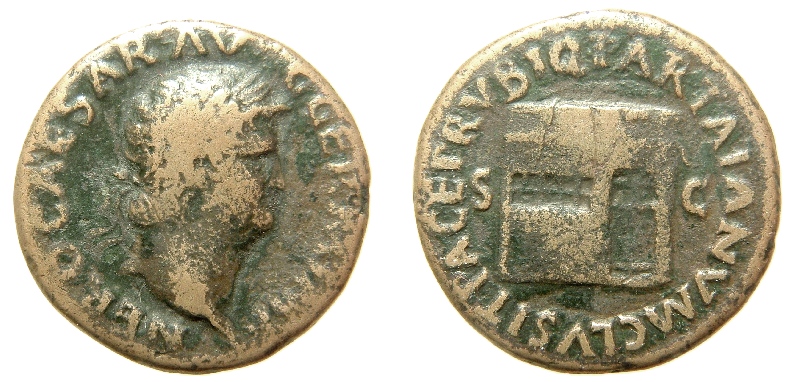In book 10 of Pliny's letters, that is the volume that charts the correspondence between him (as a special imperial delegate in Bithynia) and the emperor Trajan, there is a rather intriguing exchange.
In letter 33 Pliny informs the emperor of a serious fire that broke out in Nicomedia that detroyed many houses plus two public buildings, the Elder Citizens Club and the Temple of Isis. He suggests that he might form a company of firement, numbering about 150 or so also noting that any privileges granted would be monitored and not abused.
Trajan's reply is very suspicious, saying that although is it a reasonable idea it is groups or societies like those that have been responsible for political unrest within the province. "If people assemble for a common purpose, whatever name we give them and for whatever reason, they soon turn into a political club. It is a better policy then to provide the equipment necessary for dealing with fires, and to instruct property owners to make use of it, calling on the help of the crowds which collect if they find it necessary."
Wednesday, 17 June 2009
Saturday, 13 June 2009
The Doors of the Temple of Janus are shut.
AE as
Obv "NERO CAESAR AVG GERM IMP"
Bare bust right
Rev "PACE P R VBIQ PARTA IANVM CLVSIT SC"
Temple of Janus with doors closed
Rome mint
RIC 306
There is a series of well known sestertii, dopondii and asses issued by Nero that show the Temple of Janus with closed doors. It is also widely known that the closing of the door was symbolic of peace throughout the Roman Empire. But, what is not widely known is why the doors being shut came to represent peace........
Hill's Monuments of Rome as Coin Types (1989) offers some suggestions as to where the temple was located but does not provide an answer to our question. Similarly Stevenson's Dictionary of Roman Coins (1889) can offer us that Livy tells us that the doors were mostly open, in fact were shut only once, from the foundation of Rome to the battle of Actium, but again not why they should be shut. Suetonius reckons that Nero's closing was the third occasion on which the doors were shut.
The answer, however, does appear in Donaldson's Architectura Numismatica (1859). In it he tells us that, according to legend, the original Temple of Janus was built by either Quirinus or Romulus. He notes that, according to the ancient writer Macrobius, during the Sabine wars the enemy were rushing into Rome through the Porta Janualis when they were overwhelmed by a vast torrent of boiling water which impetuously flowed from the Temple of Janus. From then it was decreed that as Janus had come to their help during a time of war the doors should remain open.
Saturday, 6 June 2009
A handful of spits
c.520-480 BC
Forepart of a winged boar right
Quadripartite incuse square
When I first read that in Seaford's "Money and the Early Greek Mind" I have to admit I had the wrong end of the stick! I now know the "spits" referred to were made of iron and were of the type used for roasting meat.
You see a "spit", or "obelos", gave its name to the small Greek silver coin we know as the obol. Given that small change could be carried in the mouth then my misunderstanding was, I think, excusable.
The term "drachma" means handful, particularly six (as noted by Aristotle, for example), and so we get "obeliskon drachmai" - a handful of spits - being used in temple inventories and inscriptions. These must be referring to bundles of iron rods, not the grudging payment in the hand of small silver coins. It was only later that these two terms began to have a specific reference to money.
Subscribe to:
Posts (Atom)

